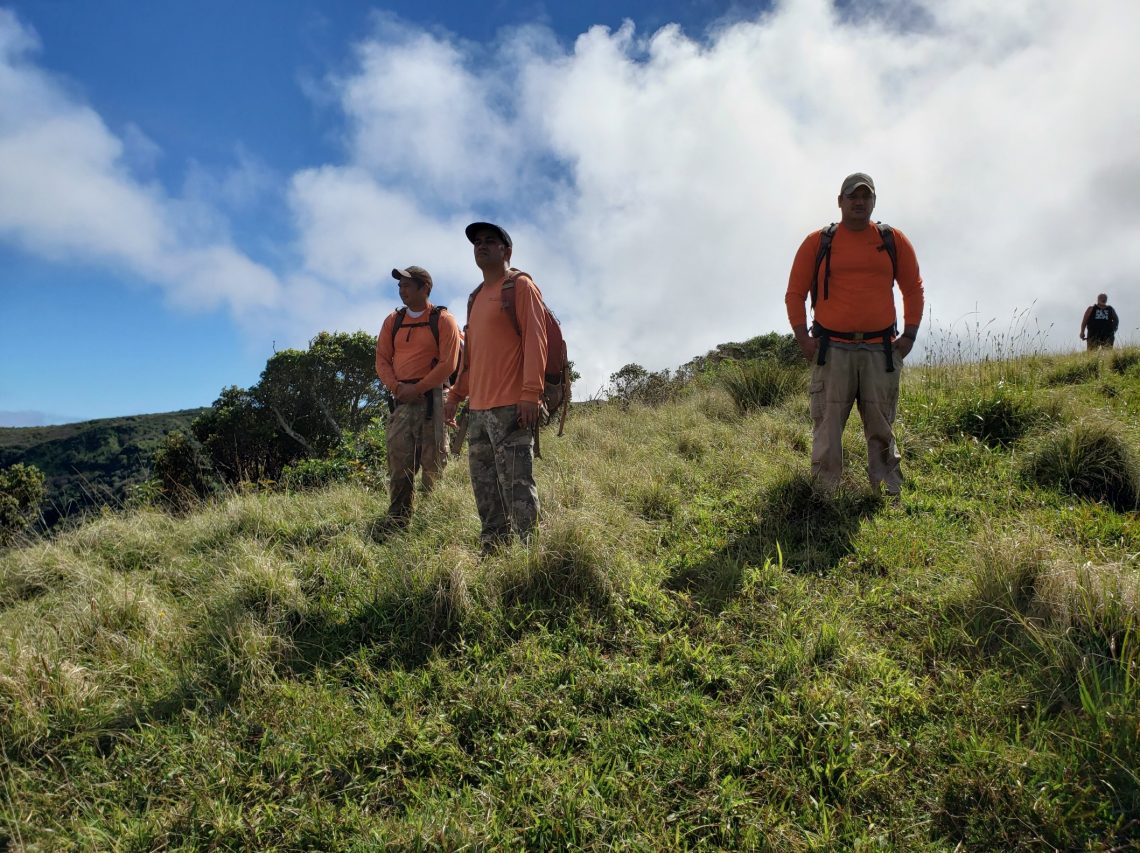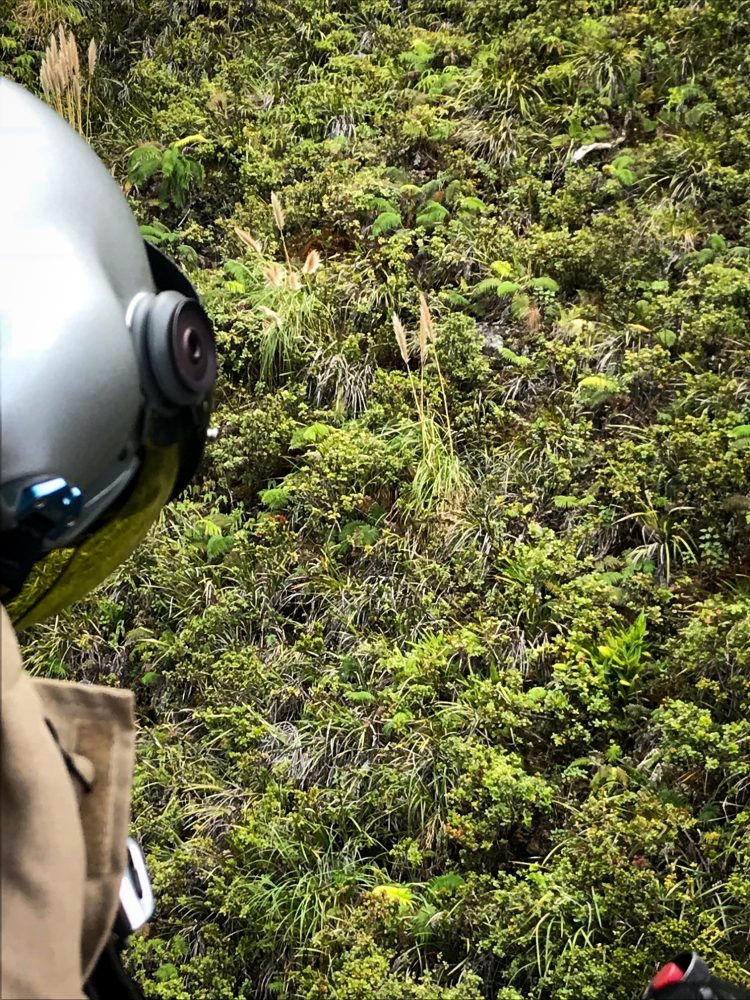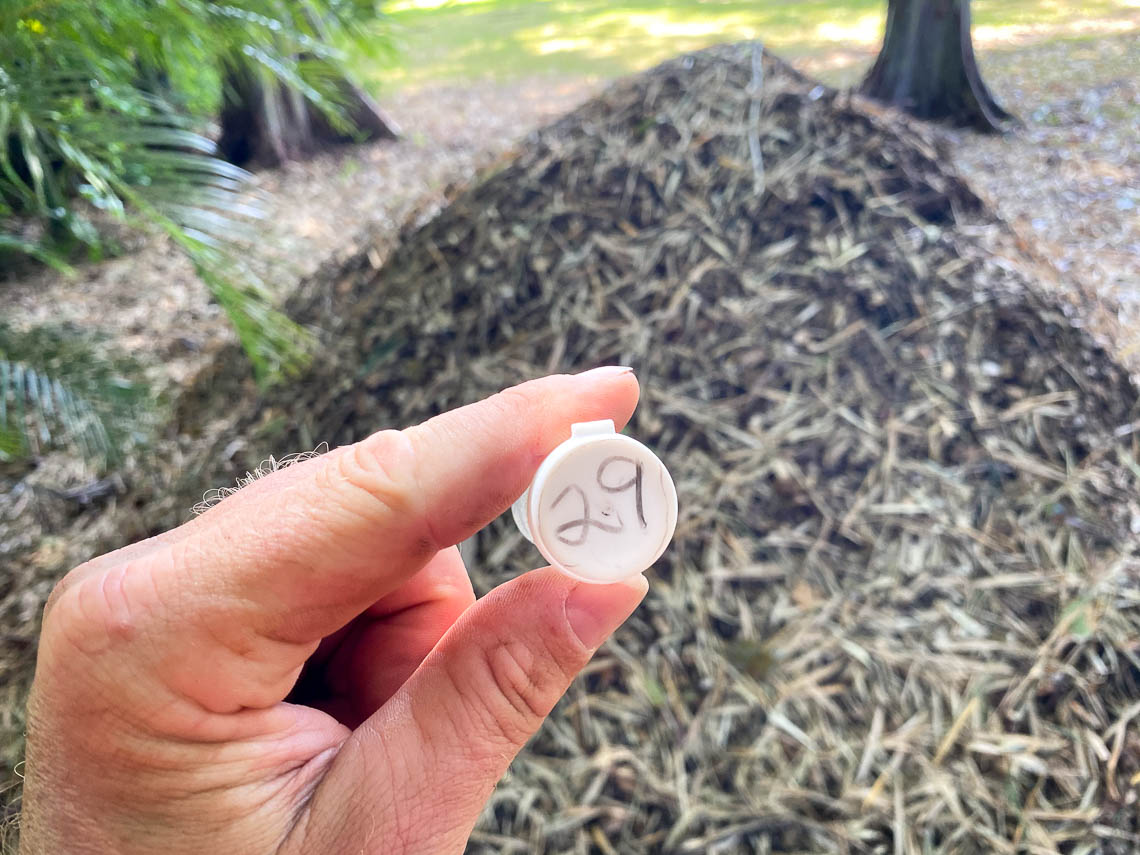MISC’s Early Detection team, Forest and Kim Starr, identify the ants collected by staff and submitted by the public. In…
Read More
Molokai/Maui Invasive Species Committee Update: October – December 2020
As the MoMISC field crew was conducting roadside surveys in south-central Molokai last December, they found a surprise: saplings of…
Read More
Hāna Plant Crew Update: October – December 2020
The Hāna crew focused on protecting the East Maui Watershed by seeking out and removing miconia plants. A short-term crew…
Read More
Pāʻia Plant Crew Update: October – December 2020
In mid-October, the Pāʻia-based plant crew wrapped up another season of helicopter seek and destroy missions to remove the invasive…
Read More
Little Fire Ant Crew Update: October – December 2020
The final quarter of 2020 was relatively typical for the LFA battle on Maui. No new infestations were discovered or…
Read More





